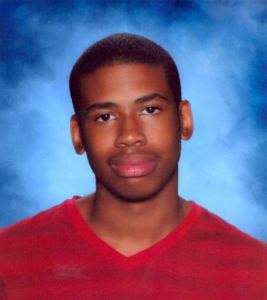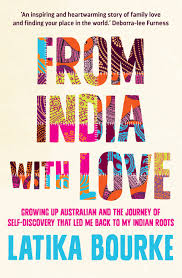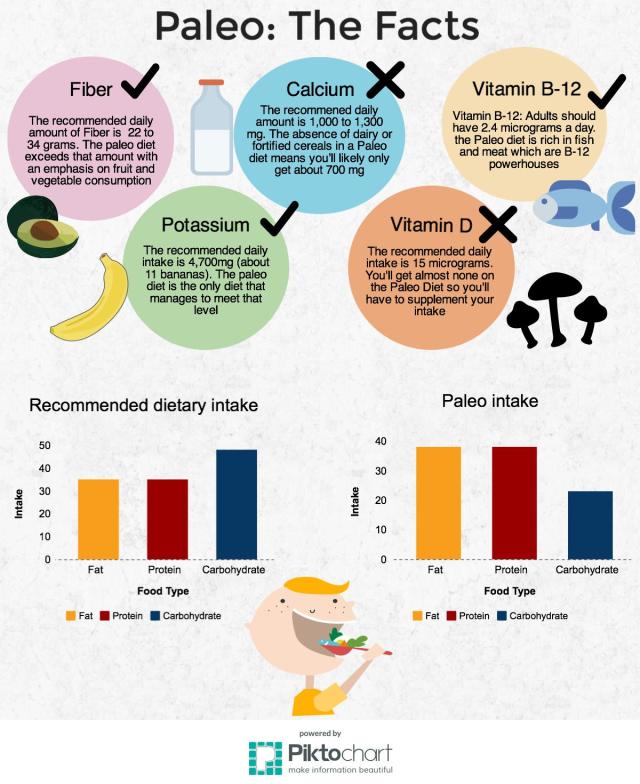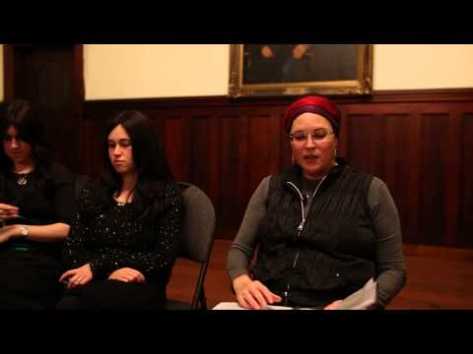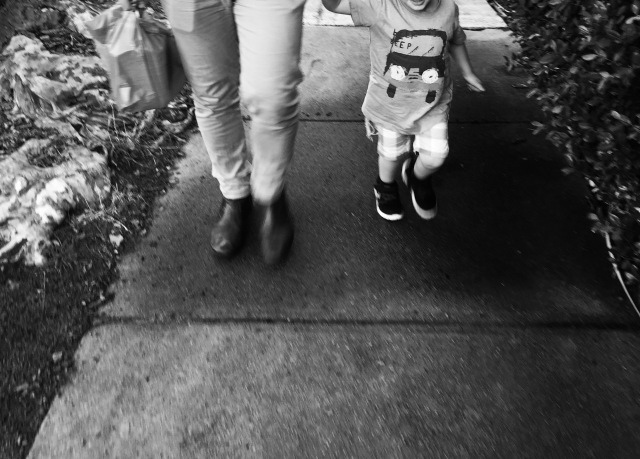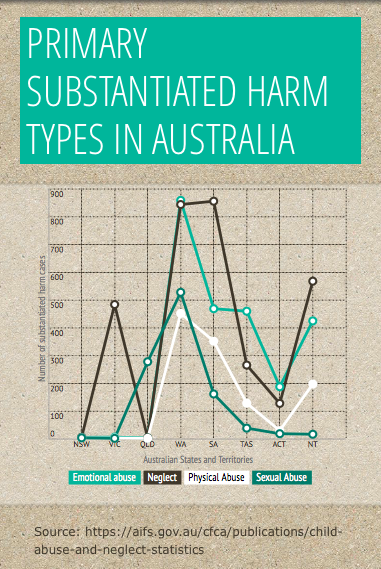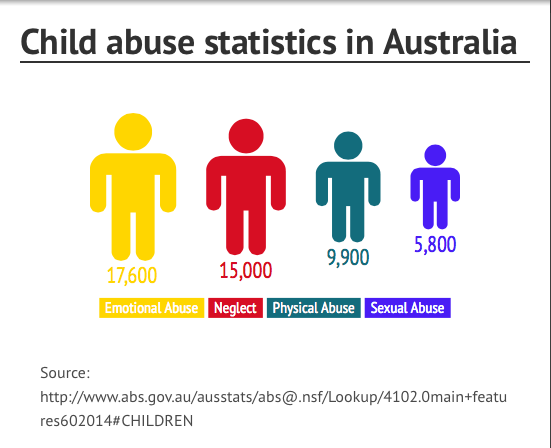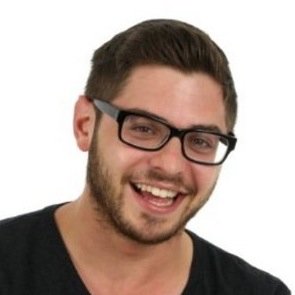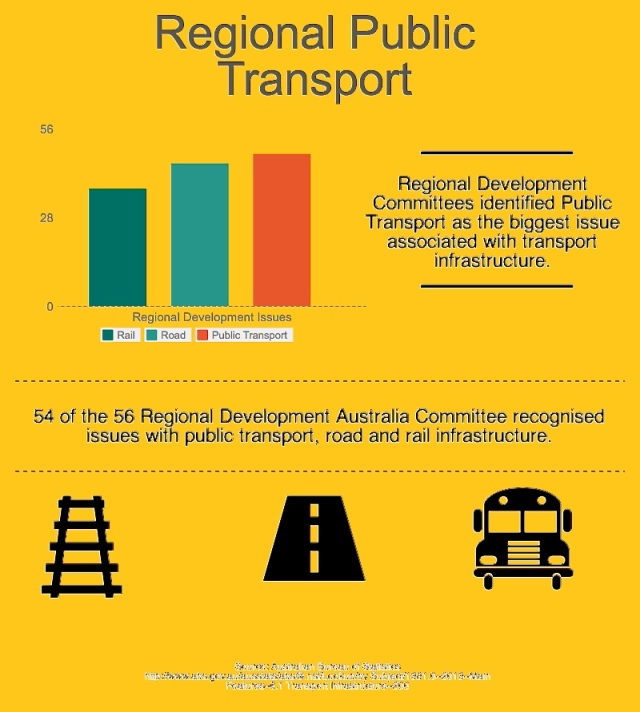It’s not everyday that you walk into a room and feel completely overwhelmed by facial hair, but at the Melbourne Jewish Comedy Festival (MJCF), the presence of a significant face forest almost seems like a requirement.
The only type of beard you won’t find here is the iconic Charlie Chaplin moustache, or as Zalman Bassin jokes, the moustache that Hitler ruined for all Jews.
Law graduate and full-time father of two, Zalman Bassin performed this joke at the Melbourne Jewish Comedy Festival’s Long Night of Laughter.
Where most people would ‘ooh’ and ‘ahh’ at this troublesome gag, as a Jew, Zalman believes it’s all in good humour.
“When I first started comedy, Jewish jokes were an easy go-to because It gave people a shock factor but then they would realise it’s okay to laugh,” he said.
“Some nights I would perform jokes and they would just fall flat. I would always try to tweak them but if they just didn’t work I’d have to admit to myself that maybe it’s not as funny as I thought!”
Mr Bassin’s comedy career began as a way to enhance his public speaking skills after completing his law degree at Deakin University. For him, comedy provided a way to have fun and make people laugh while learning how to speak to a room of people who expect a lot from you.
The Long Night of Laughter was the first event of the MJCF and provided a platform for up-and-comers to showcase some fresh funnies. Young and old, girls and boys took to the stage to attempt to make 150 people laugh. It’s fair to say that some were funnier than others, but even when you could only muster so much as a chortle, there was always someone laughing louder.
Whilst side-splitting stereotypical Jewish jokes were a running theme throughout the night, Jim Brewsky, an African American Jew living in Hong Kong, stole the limelight.
Brewsky, the winner of the 2015 Magners International Comedy Festival and the 2014 Hong Kong International Comedy Competition, travelled from Hong Kong just to be part of this years festival.
The sheer girth of the man, coupled with his hilarious wise-cracks on the ultimate stereotype: a black Jew, left the audience in fits of laughter.
If the huge bearded presence still hadn’t given away the fact that you were at a Jewish event, perhaps the MC of the night, ducking out to attend her Israeli dancing class would give it away.
For Mr Bassin, Comedy was never something he grew up hoping to master.
“I always found that people laughed when I spoke in social situations but I never thought about doing stand-up comedy until someone suggested it,” he said.
Performer at the MJCF, Bram Presser’s comedic journey also started down a windy path.
At first glance, Bram Presser does not seem like your average man. His ‘ram-like’ hair and piercings initially give you the feeling that you should be turning around and running in the opposite direction. But, despite his stint in the Jewish punk band, Yidcore, Mr Presser really is just your average bloke.
Mr Presser keeps his hands full as a lawyer and a writer but comedy was never a road he thought he would journey on.
Mr Presser said MC-ing and performing in Jewish community events sort of fell in his lap.
“I seem to be dragged out for all sorts of festivals because I guess what I say is funny, but in terms of actual comedy, I know nothing! I just don’t know how to say no! When all else fails, just ask Bram, he’s desperate enough to say yes!” he said.
Bram was on the panel of writers at the MJCF Literary L’chaim, which discussed humour in modern Jewish literature.
Mr Presser said it seemed strange to take five not-so-funny writers and line them up at a comedy festival, but in a world where writers are typically seen as serious – the Literary L’chaim proved them wrong!
The panel was made up of Bram Presser; physician and author of The Waiting Room, Leah Kaminsky; Israeli-born author, Lee Koffman; author of The Boy’s Own Manual to Being a Proper Jew, Eli Glasman and hosted by winner of the Stella Prize, Clare Wright.
It was a night of literary mayhem and insight into the funny side of writing, an unexpected laugh-fest for all who went.
Presser also MC-ed the hilarious final night of the MJCF, Have you heard the one about the Rabbi?, a chance for Rabbi’s to shed their seriousness for some satire.
“I think for me the highlight of the community festival is having the Rabbi’s do comedy – it’s genius. We’ve got a good comic backbone in the community and the fact that it hasn’t been tapped yet is surprising,” Mr Presser said.
The MJCF’s organiser and stand-up comedian, Justine Sless came up with the idea after a meeting with the East Melbourne Hebrew Congregation president, Danny Segal.
The Melbourne Jewish Comedy Festival is a not for profit association celebrating Jewish culture through comedy, she said on her website.
Mr Presser said he believed that the Jewish community goes through hard times and the comedy festival is a perfect way to unite as a community in a positive way.
“I think this year has been amazing for the cultural life of the community we had Shir Madness, we had the Melbourne Jewish Film Festival, The MJCF, Writer’s Festival Events …. all of these things in terms of the cultural vibrancy of the community is amazing at the moment,” he said.
The Melbourne Jewish Comedy Festival made its debut this year and many are optimistic that it will continue annually.
“I would definitely do it again, it is a great opportunity for up-and-comers and a great way to get involved in the community,” Mr Bassin said.
Bram Presser said he was surprised that the festival hadn’t been thought of until now.
“Jews are funny. Even without bringing in big names there’s enough for a good festival. It’s a learning experience, there will be things that work and things that don’t. You just have to make sure that the next time you just do the things that work,” he said.
Other highlights of the MJCF included In Yiddish it Sounds Better! featuring Melbourne Fringe comedian Joshua Glanc, with his show, 99 Schnitzels, Veal Isn’t One.
The festival also included a musical session of female comedians with Galit Klas and Hanna Silver, who provided an insight into the work of Fog Theatre made up of performers with intellectual disability.
There are already plans in action for the 2016 Melbourne Jewish Comedy Festival and is sure to be an event you don’t want to miss.
So, since it’s almost Movember, keep those moustaches and beards growing and by next years festival you’ll fit right in with this boisterous bearded brood.

